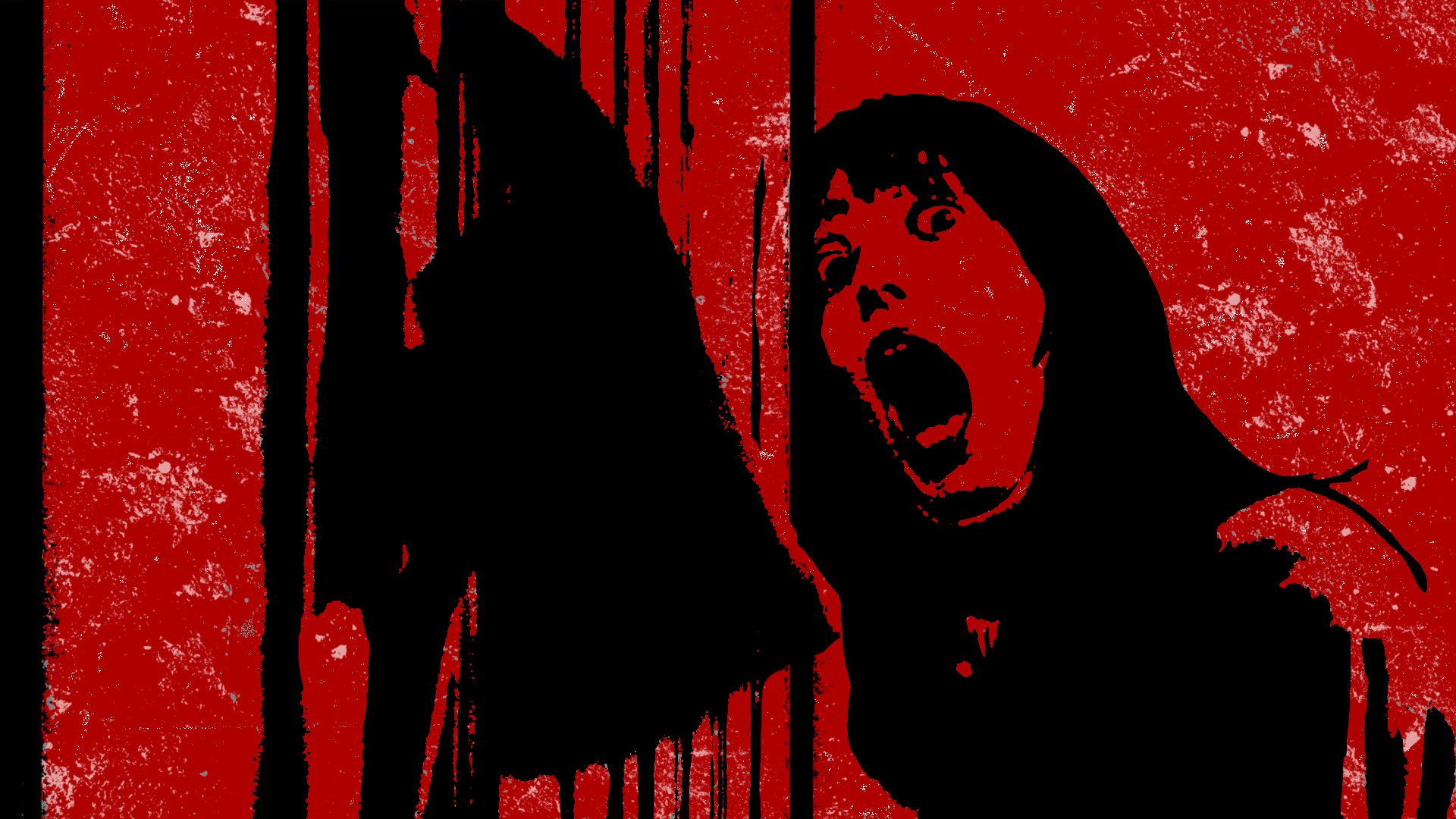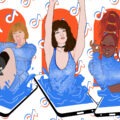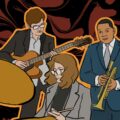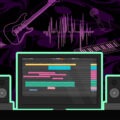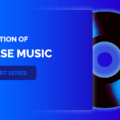Imagine you’re sitting alone in a dark room with the television on. A character on screen cowers in a corner, crouched in absolute silence, while an unseen menacing entity lurks off-screen, moments away from discovering them. This classic horror scene, with its typical visual and auditory cues, would likely inspire a mounting sense of distress, unease, and suspense in you, perfectly illustrating how to conjur up the emotion known as terror. Music in particular communicates terror through the use of dissonance, non-harmonic noise, and large, sudden changes in dynamics. We’ll be taking a deeper look into how each of these components helps to create this uncomfortable feeling.
The science of fear
The development of the feeling of fear is an unconscious process that is often referred to as fear conditioning: when an individual learns whether a fight or a flight response is the best response to a perceived danger.
While genres such as witch house, goregrind, and horrorcore often lean on frightening imagery and lyrics to assure their desired impact, music in general conveys terror most effectively when adopting the previously mentioned techniques that are employed in horror films or scary video games. This is due in part to our rational brain’s inability to comprehend these aural tropes, receiving them as an auditory assault that could be interpreted as fear or terror. Strong horror movie scores such as The Shining or The Exorcist, or video game themes such as Silent Hill’s “My Heaven” or The Legend of Zelda’s “Shadow Temple” are all great examples of how musical dissonance, noise, and unstable dynamics can cause a feeling of suspense and, by extent, terror.
Tip 1: Musical Dissonance
The use of musical dissonance is highly important when creating the feeling of terror in audio. Dissonance creates a sense of unease within the listener due to our brains’ difficulty with rationalizing the ratio relationship between the frequency of the notes and their clashing overtones.
For example, while a consonant interval such as a perfect fifth may contain a relationship of 3:2, which is quite easy for our brains to rationalize, a minor second holds a ratio of 16:15 – much more difficult to conceptualize. It’s precisely for this reason that terrifying music employs these dissonant intervals to cause/create a sense of unease. This feeling triggers our rational understanding that something is noticeably off, which then sparks the fight or flight response.
Musical scores achieve this dissonance in a few ways: through the use of chromaticism (the use of notes that are a semitone apart), tritones (a musical interval composed of three whole tones), and atonality. Chromaticism, as heard in the Shepard tone in Super Mario 64’s “Looping Staircase”, creates an unnatural feeling of a constant ascent, or descent if played in reverse. Tritones, the most dissonant interval in the standard equal temperament tuning, utilize the irrationality of this interval to unbalance the listener, like in Majora’s Mask’s “Ikana Canyon”, which features tritones heavily in the bass and melody. Finally, atonality disregards having a key center, which prevents the music from returning to a kind of “homebase”, therefore holding the listener in a state of suspense.
Tip 2: Noise
Using ambient and non-musical noise within compositions takes the unease of dissonance one step further, since it creates startling sections that trigger our very real and innate response to danger. Sounds such as clattering, heavy breathing, screaming or banging inspire our fear of being preyed upon as these are the same sounds we would expect to hear in a real-world, threatening situation.
In addition, the stark contrast between musical notes and a form of harsh noise alerts our brains in much the same way as dissonance does, since, as mentioned, noise stands out. When analyzing the “Giygas Battle” theme from Earthbound, it’s quite clear that the breathing heard throughout is both ominous and menacing, meant to alert the listener to an immediate threat all while creating a sense of unease.
Percussive sounds, such as those in Silent Hill’s “Killed By Death”, when used in combination with dissonance, also create the effect of an oncoming threat. By having constant banging pipes over the music, the track suggests there is a monster nearby, stalking us. This technique can create an extremely visceral experience, especially when used with sudden and loud dynamics.
Tip 3: Large and Sudden Dynamics
The final compositional technique employed in terrifying music is the use of large dynamics and sudden changes in volume. Unexpected loud dynamics can trigger the release of adrenaline since humans generally fear loud noises and understand them as potential danger.
Volume in a horror composition can be broken down into three main forms: crescendos, sforzandos, and silence. Crescendos, like that in the Jaws theme, generate suspense through the ever-increasing anticipation of oncoming danger, as suggested by audio that becomes progressively louder.
Next there is sforzandos, a musical term that refers to a loud, sudden accent in the musical composition. By creating an explosive rise in volume, the listener becomes startled, which triggers a stress response in the brain.
Finally there is silence, which is often closely followed by the previously mentioned sforzando. Absolute silence, in any media, is completely unnatural and defies the audience’s expectations. The reason for this is that there is no such thing as complete silence in the natural world; some form of ambient noise is always present. Horror compositions can use this oddity to their advantage, putting the listener on edge as they await the threat (John Krasinski’s A Quiet Place does a fantastic job of using this trope).
–Final notes–
While it is true that terror can be expressed compositionally, it’s actually the listener who creates their own fear as they helplessly try to predict and understand nameless threats. Playing with the listener’s emotions is vital to create a successful horror track. Audio skills and an understanding of human nature are equally important. In its essence, terror in music simply encourages the listener’s anticipation of what is to come, and alludes to the bogeyman that is hiding just around the corner.
Illustration by Yihong Guo
